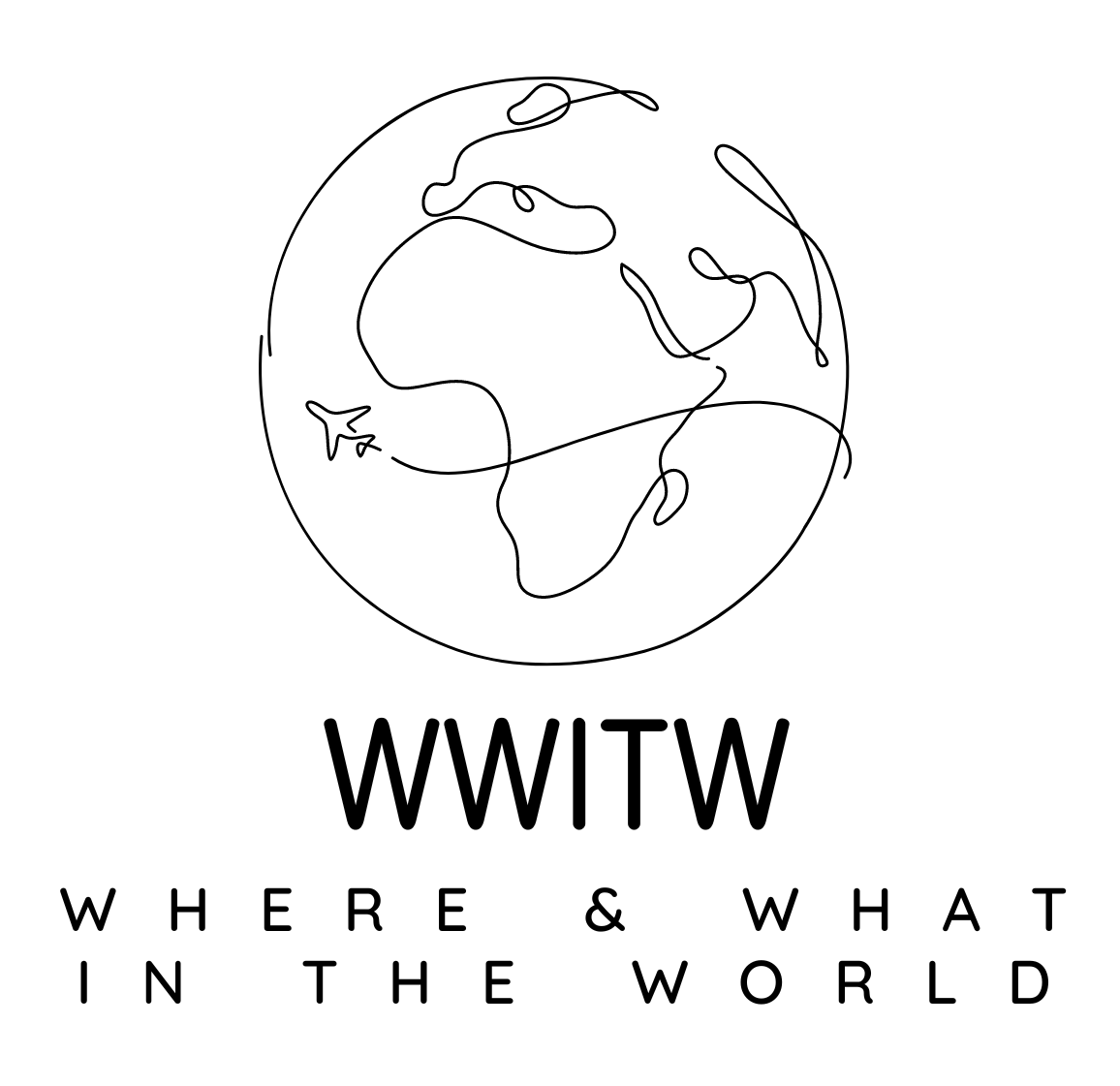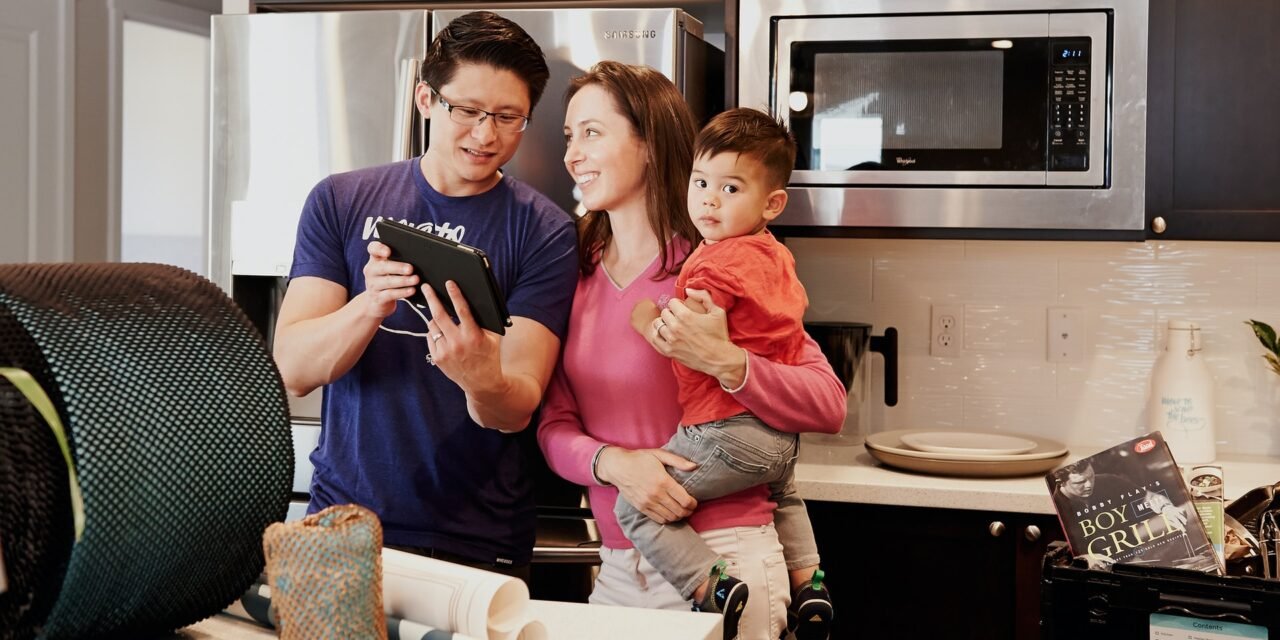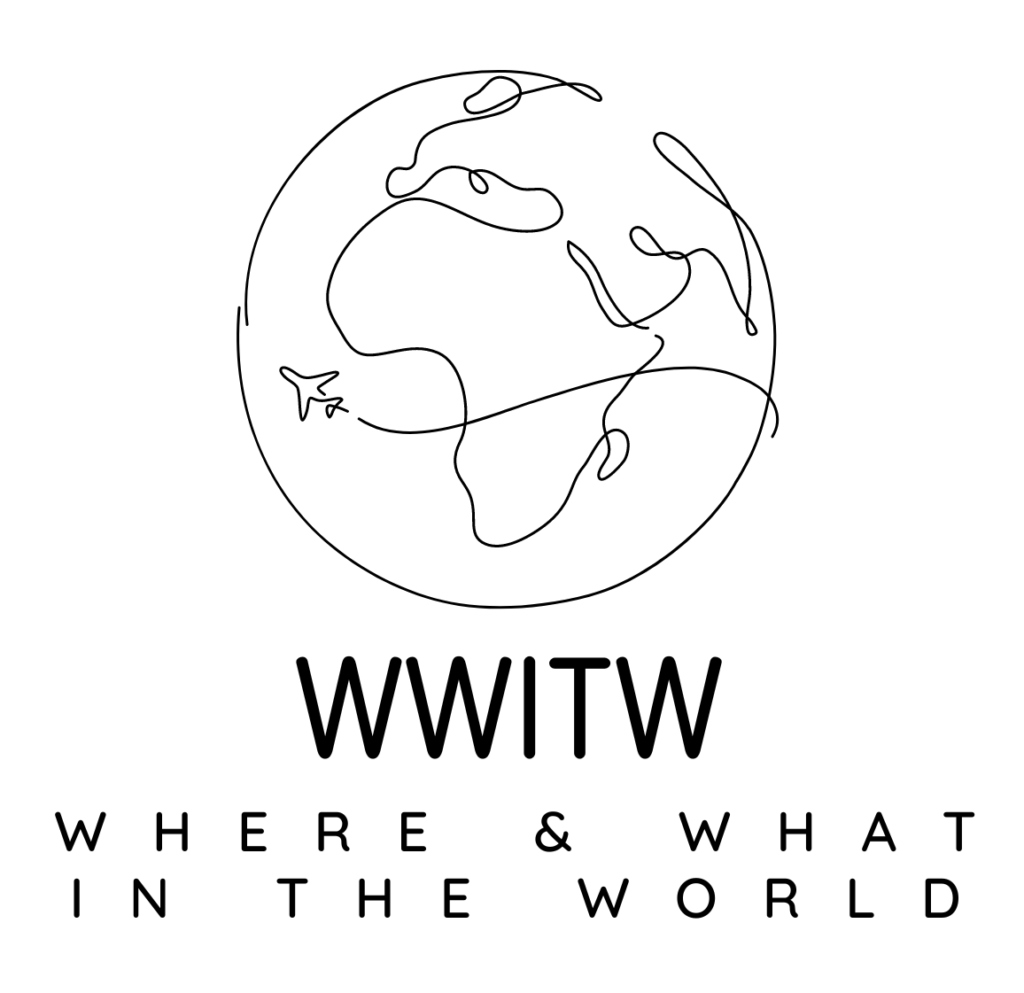Cooking via microwave is often the best choice when you need a meal on the go in a pinch. Whether you’re trying to scrounge a quick dish for family dinner or need to reheat some leftovers, microwaves are a go-to choice for busy moms and students alike. Unfortunately, not everything can be safely heated in a microwave, and everyone should be aware of the foods, and materials that can and can’t be microwaved.
The Controversy
Microwaving, or nuking, food is often avoided because of popular articles and controversial opinions about the dangers of the waves. The FDA states that “microwave cooking can be more energy-efficient than conventional cooking because foods cook faster and the energy heats only the food, not the whole oven compartment”. When you nuke your food, you have an easier and faster alternative to stoves or ovens for heating your dish, while using less heat in the process.
There’s a common misconception that the value of food is degraded when it’s microwaved, not to mention the claims to cancer-causing radiation emitted from the machine. Conversely, the FDA asserts that “microwave cooking does not reduce the nutritional value of foods any more than conventional cooking. In fact, foods cooked in a microwave oven may keep more of their vitamins and minerals, because microwave ovens can cook more quickly and without adding water”. We can conclude then that this method of cooking is generally safe in terms of nutritional value and lacks the radiation poisoning that previous claims have stated.
The Benefits of Microwaving Food
Microwaving is not only more energy-efficient than other cooking methods, but it also helps retain valuable nutrients in your food. Nuking food is easier and faster than conventional cooking in your kitchen. Despite its benefits, there are potential setbacks that every consumer should be aware of. They can be minor to serious, from causing damage to your microwave to leaching harmful chemicals into what you’re about to consume. Thus, you need to be aware of what can and can not be microwaved to make sure you’re using this common kitchen appliance properly and without damaging the appliance or tainting your meal.
What Can and Can’t Be Microwaved
Many of us don’t know exactly what is microwavable and what isn’t. Hopefully, most average consumers are aware that silverware should not be placed in the microwave, but perhaps some of us have yet to see the results of the disastrous decision. In short, it could completely destroy your microwave.
There are plenty of caveats regarding what materials and foods can and cannot be nuked. Let’s talk about the science of the appliance. Microwaves heat food by the waves passing through the water molecules within the dish. That means, the container itself is not being heated, rather, the food is residually warming the dish it sits in.
The microwave-safe symbol indicates that the dish won’t break, warm, or overheat when it’s nuked. Some containers like glass, plastic, ceramic, and paper are typically safe to heat in a microwave. However, this is when a few caveats come in, making it increasingly important to pay attention to these nuances to avoid disaster. Some plastic containers may melt when the food inside gets too hot, including single-use plastics such as yogurt containers, take out containers, or plastic silverware.
When these containers heat up too much, they can also release unhealthy chemicals into your food, the scientific term for this is leaching. Leaching is when the appliance causes chemicals from the container to dissolve into your food. If the dish in question is even the least bit melted or burned, throw everything away, and avoid eating the meal.
Additionally, containers you should never use, including metals and foil, can cause the microwaves to reflect off the surfaces causing sparks, which could damage your microwave. On the less dangerous end of the spectrum, many foods will heat unevenly in the microwave. These include frozen butter, frozen meat, breast milk, and more. Additionally, hard-boiled eggs should never be microwaved. The steam can’t escape the shells, which can cause the egg itself to explode when nuked.
Microwave Hacks
Dangers aside, microwaving food can shorten your cook time, while making the same delicious foods you’re used to. For example, if you nuke garlic for 20 seconds, you’ll have an easy-peel version ready to chop and put in your dish.
Avoid chewy pizza by nuking your slice with a full glass of water. This will soften the bread and revive the delicious comfort food once more. Juice your citrus fruits with ease by putting them in the microwave for 15 seconds to make juicing a breeze. Lastly, crisp up your bacon with less part mess, and more part yum. All it takes is one minute per slice, and bonus points if you have bacon holders that can separate each piece from one another.
Use this visual from Kitchen Cabinet Kings as a quick reference for safe and unsafe microwave practices plus hacks to cut your time in the kitchen in half.
















